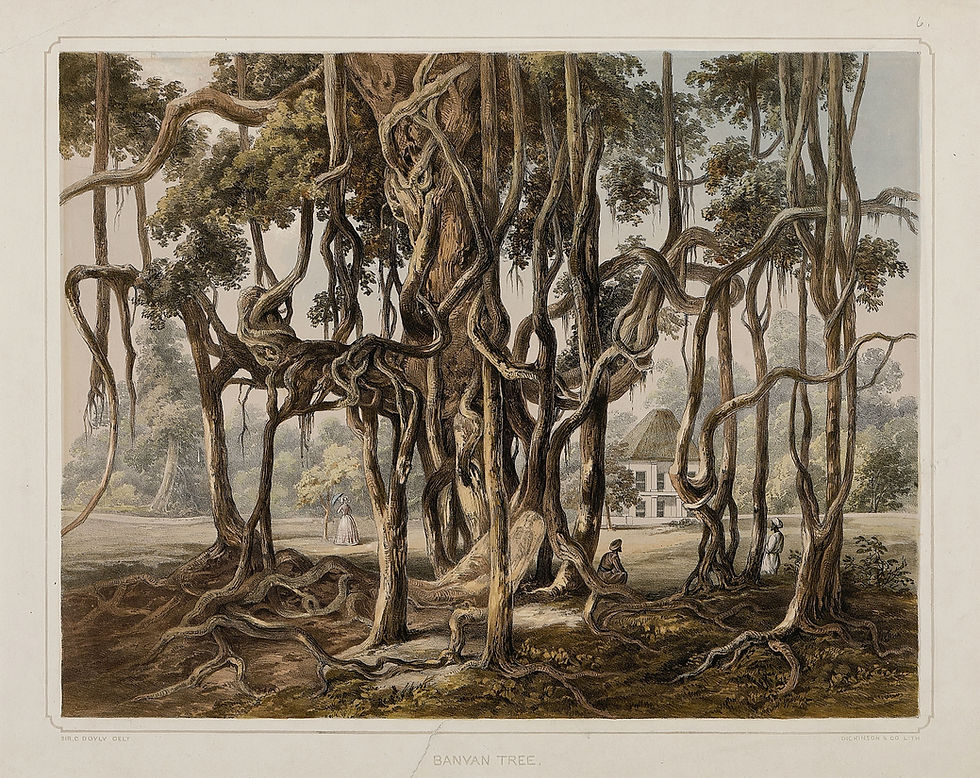The Wound Is Now
- Paul Weinfield
- Jul 16
- 2 min read
In the West, we tend to trace our suffering back to some event in the past: “My parents screwed me up.” “My ex made me scared of intimacy.”
But while understanding the past has its uses, if we believe the past simply causes the present, we will always feel disempowered and hopeless.
Alan Watts gave this analogy: if you’re staring out a window and see the head of a cat pass by, followed by the cat’s tail, you might suppose that the cat’s head caused the tail, since one happened after another. But of course, cat heads don’t cause cat tails: they both belong to the same whole cat.
In the same way, past traumas don’t cause present sufferings: they belong to the same whole body-mind, which is constantly reframing what happened before in the present-tense.
The Buddha called this process “fabrication.” There’s bodily fabrication: how you breathe and inhabit your body shapes how you experience the past. There’s verbal fabrication: how you talk to yourself shapes the past’s meaning. And there’s mental fabrication: your attitude shapes how you relate to the past. This is all happening right now.
So if we’re wise, we’ll be careful how we fabricate. This doesn’t mean, as some people think, that you should fake feelings of positivity. Lying to yourself just adds a layer of defensiveness to your troubles.
There’s a third way between being inauthentic and being hopeless — true self-compassion, which is often best expressed in “even though” statements. For example:
“Even though life feels hard right now, I love and accept myself completely”
“Even though I feel overwhelmed, I won’t abandon myself”
(The “even though” gives you permission to voice a fear without identifying with it.)
You might think this takes a lot of effort, but unskillful fabrication takes just as much. So put thought and energy into how you hold your wounds.
As Carlos Castañeda said, “We either make ourselves miserable, or we make ourselves strong. The amount of work is the same."




Comments